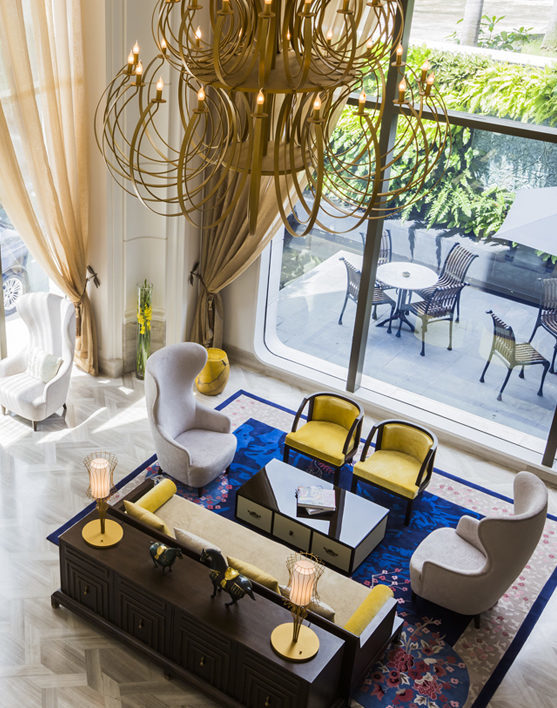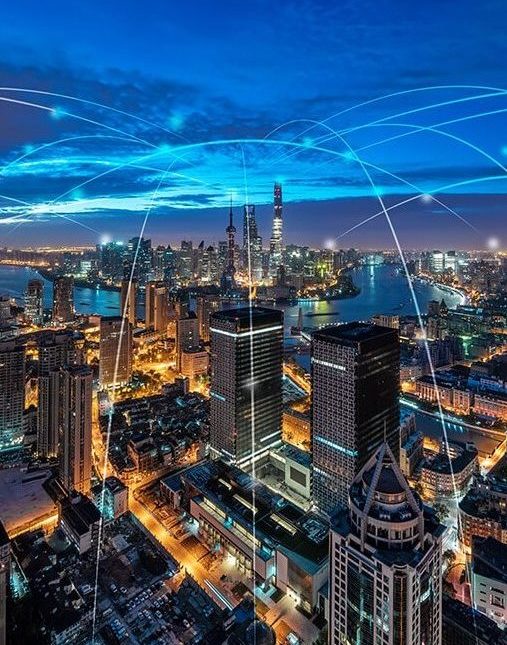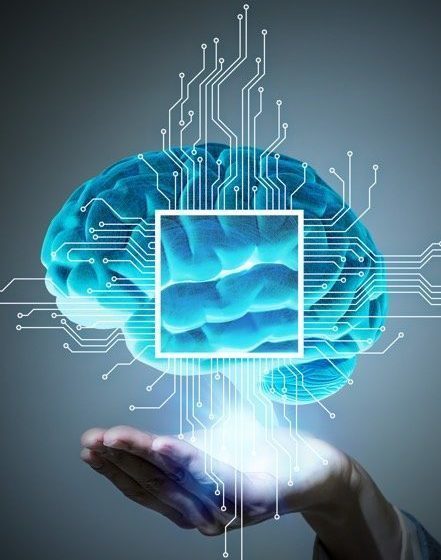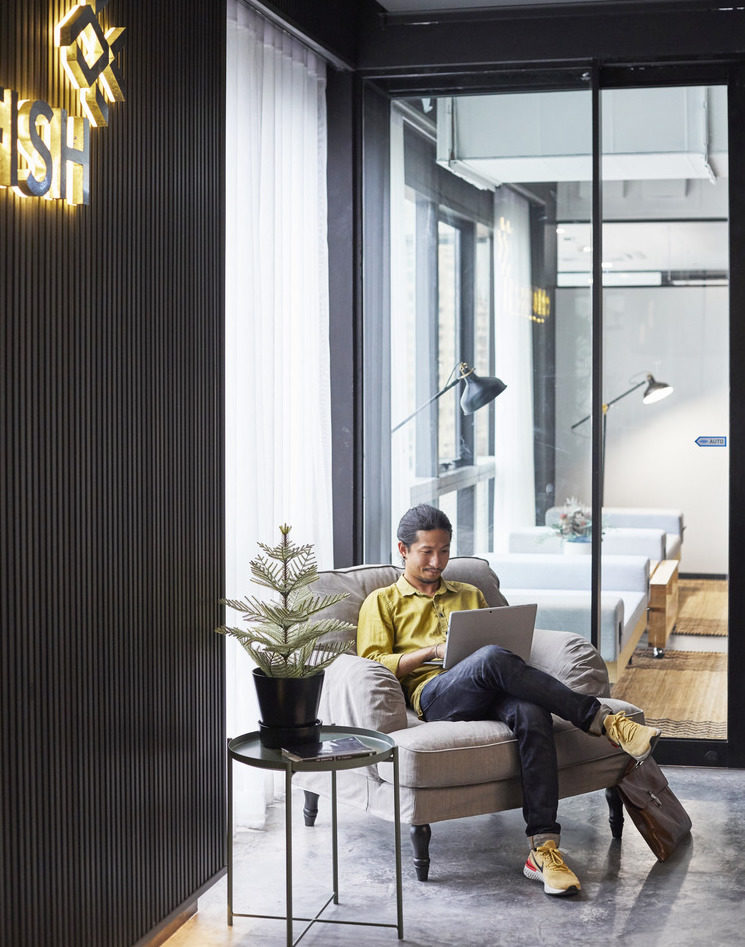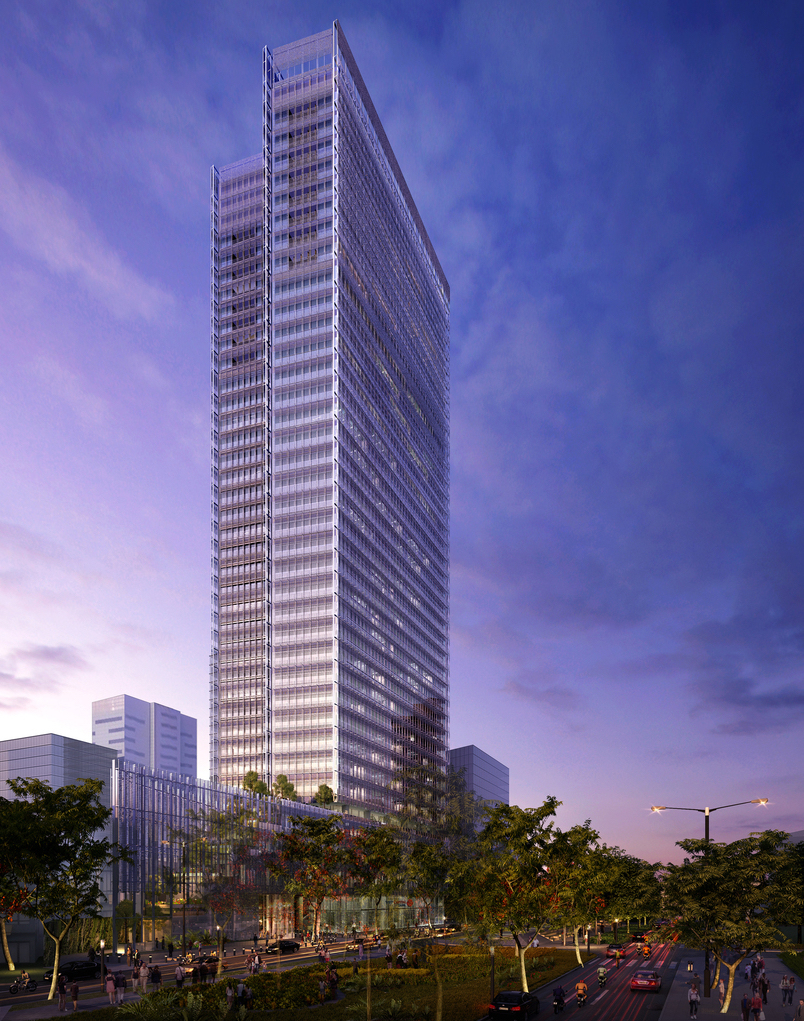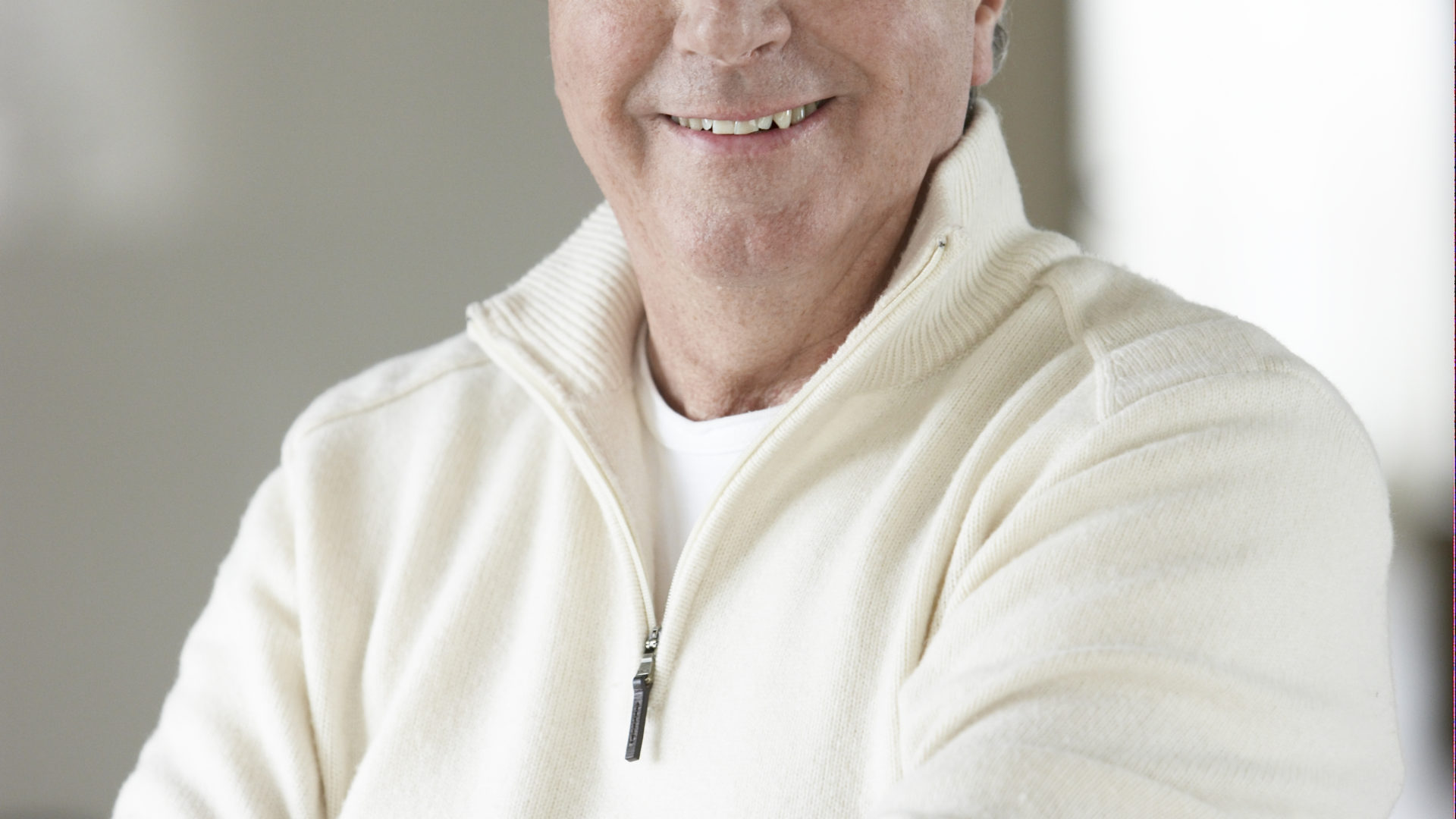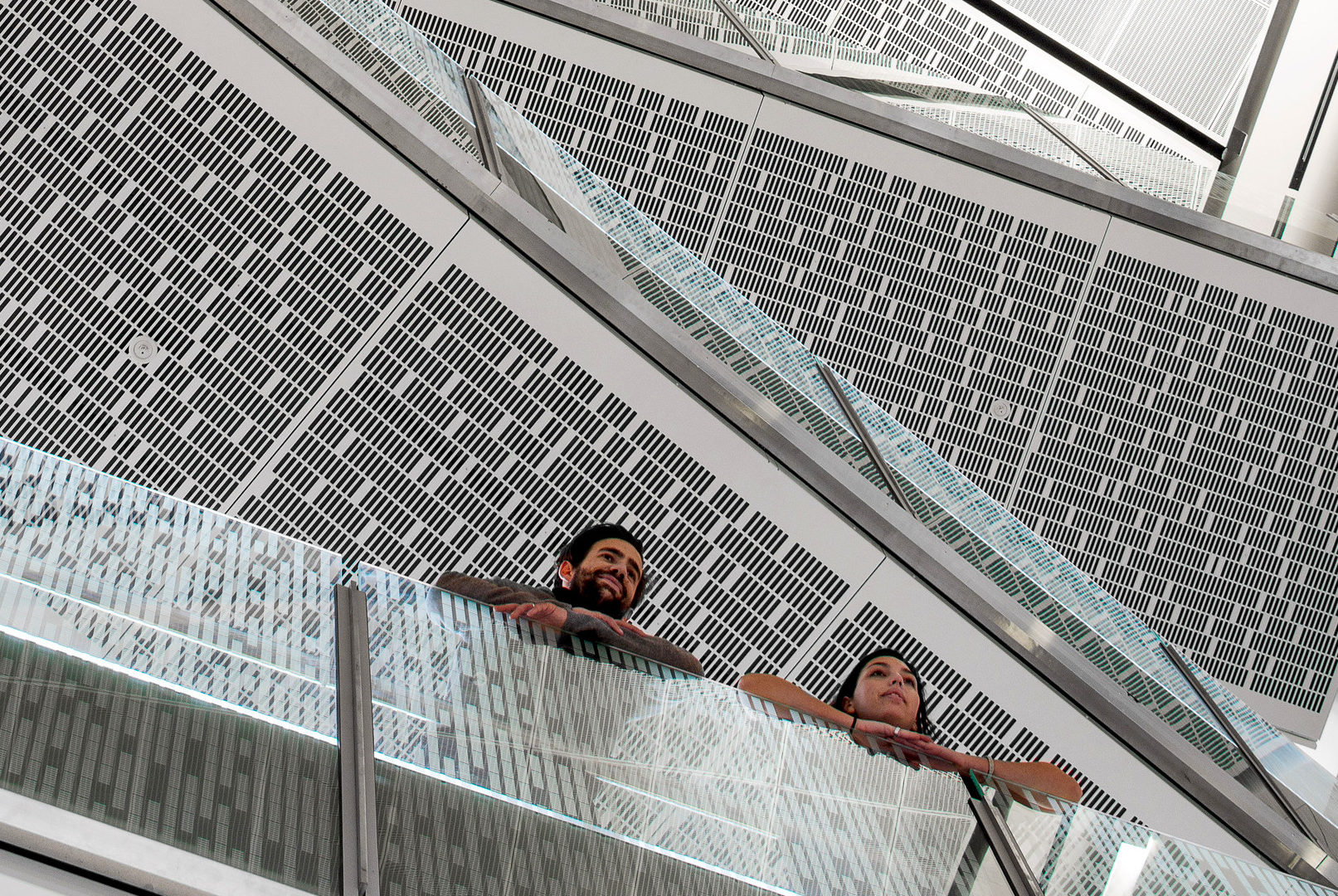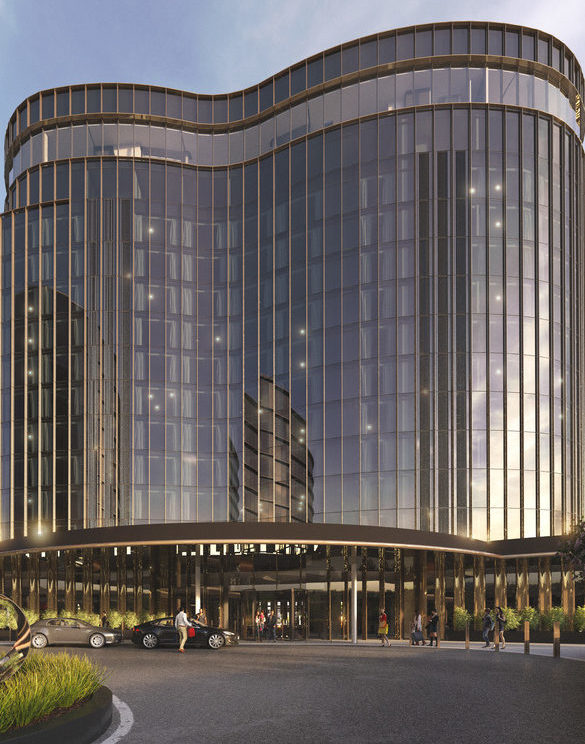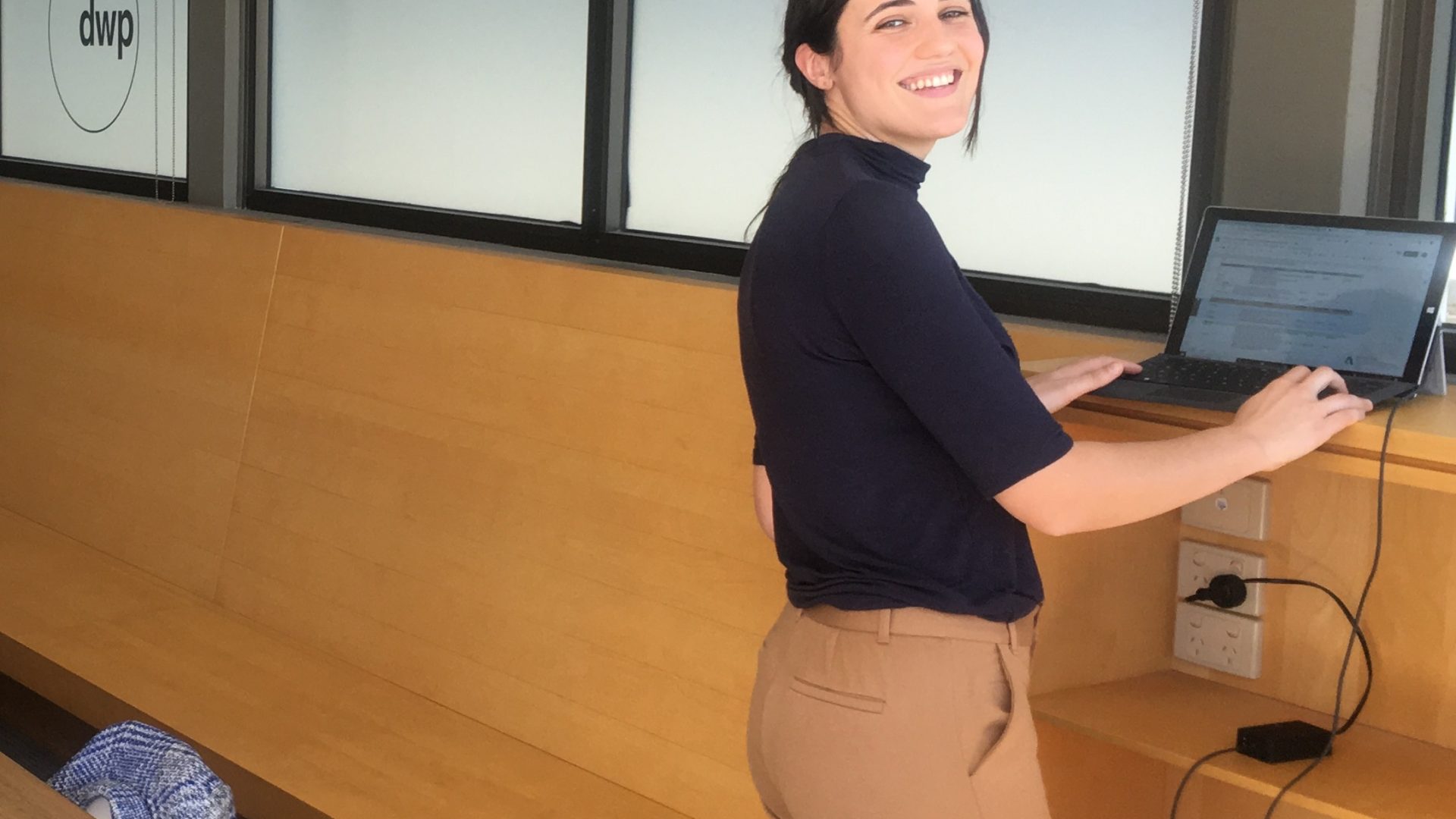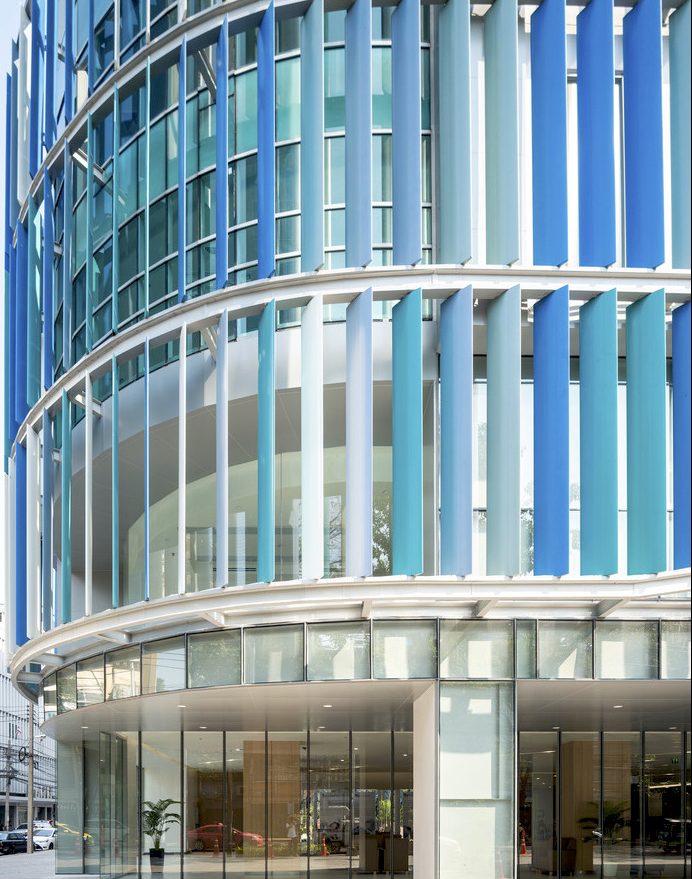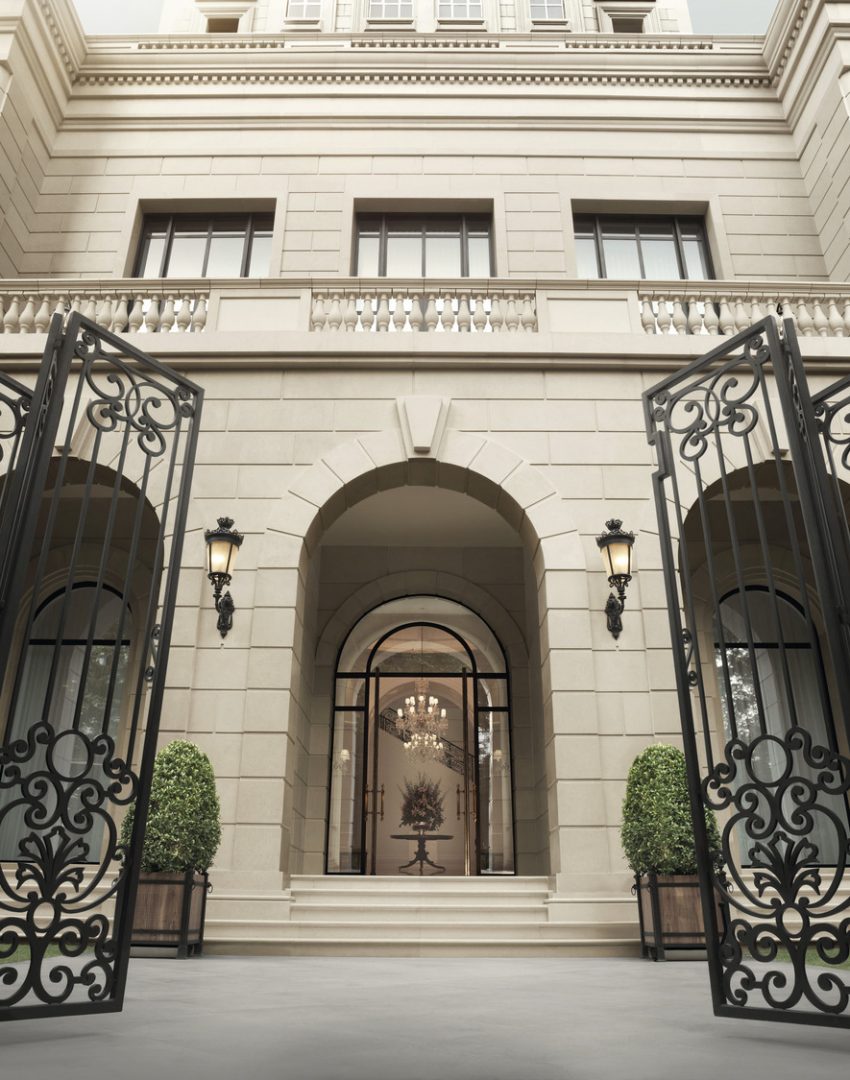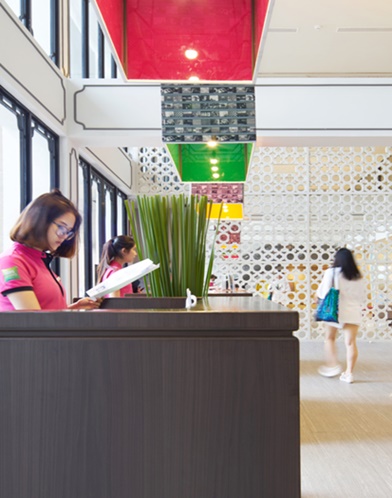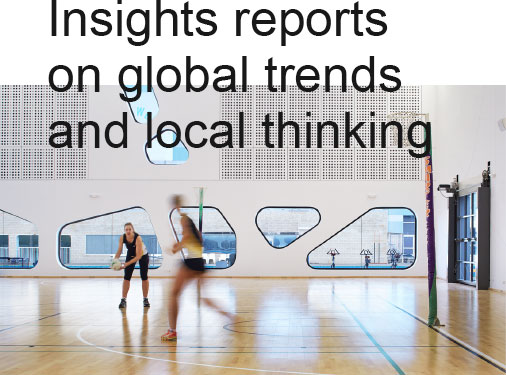The Tao of Wayfinding
dwp’s Lifestyle Portfolio Director, Kirk Ellis has a Master’s Degree in Architecture focusing on environment-behavior studies (akin to environmental psychology)… so when it comes to understanding how we find our way, Kirk is the man to call.
https://www.youtube.com/watch?v=7k3IBgpU32Y&t=6s
What is wayfinding?
“There are two ways the term is used. Firstly, in social psychology, wayfinding is cognitive mapping. How your brain can figure out where you’re going. It’s an autonomic function, built into us.
The second way that term is used, is straightforward. It refers to graphics and signage. Signage needs to be clear, reinforcing a logo or a colour scheme, so navigation is easy.
Is it true that men don’t listen and women can’t read maps?
There actually is actually a gender difference in wayfinding. Research has found that men and women have different navigational strategies. Women pay closer attention to landmarks and colours as visual cues. Men form a series of patterns (e.g. left & right) perspective of the larger environment. It is actually how the brain processes the information one way or the other. Neither one is right. That’s what true wayfinding is in social sciences.
What are ‘the rules’ of wayfinding for Interior Designers and Architects
“We want to make sure that people don’t have to go more than 20 or 30 meters without having some sort of a marker to navigate towards. This gives comfort, reduces stress and improves the overall experience. It is basic environmental functionality but very important.”
“Wayfinding is also about removing distraction. Whether the final destination is a selfie spot or a restaurant. We want to make sure that path reinforces the buildup; the drama. By removing distractions from the primary object we can better focus, thus improving the experience. Should the way be zen and calm; or we are going to lead people with a trail of teasers and hints?”
What design elements can be used in wayfinding other than signage?
“If we’re hoping to place the focus on a certain space, spot or object, we can make choices that impact the environment. For example, the complexity of the edges, how the lighting falls and the colour of the materials.”
“Human physiological psychology explains that our eye is naturally drawn to complexity and contrast. So if we want people to experience a process of discovery; we can also use covert strategies. To lead people on a journey. That’s a big part of resort planning and design for example. When people first arrive at the property we make little “peek-a-boos” to the destination. The guest can discover different things. It enhances the sense of drama, lengthens the journey experience, and sprinkles excitement and discovery on the process of arrival.”
What is the definition of successful wayfinding?
As architects we want to offer well-balanced solutions that are practical and cost-effective. And as designers, if we understand how the brain works: what people do and why, then we can make better choices about the overall plan for the user experience. For hoteliers, a successful business includes an outcome of engaged guests who have memorable experiences, thus leading to good reviews, and loyal customers. I believe that if we address that human experience part first; the financial reward will follow. People will return.”
For more information, please contact kirk.e@dwp.com
Tags: Abu dhabi, Agile workspace, Archi, Architect, Architecture, Artist, Asia, Bangkok, Bar, BIM, Blessing, Blog, Boutique, Business, Civic, Construction, Content, Creativity, Culture, Debate, Design, Designer, Digital, Digital technology, Digital transformation, Digitisation, Drama, Drink, Dubai, Education, Email, Experience, F&B, Food, Future, Health, Healthcare, Hicap, Ho chi minh, Hong kong, Hospital, Hospitality, Hotel, Hotel design, Human, Information, Innovation, Interior, Interior design, Interior designer, Interview, Knowledge, Lebua, Lifestyle, Luxury, Luxury design, Luxury interior, Marriott, Mindful, News, Newsletter, Phone, Profile, Profit, Psychology, Residential, Restaurant, Romance, Saigon, School, Signage, Sky, Smartphone, Smartphones, Social media, Social psychology, Sport + Leisure, Studio, Success, Sustainibility, Tech, Technology, Thailand, Trends, Video, Vietnam, W hotel, Wayfinding, Wellbeing, Women
